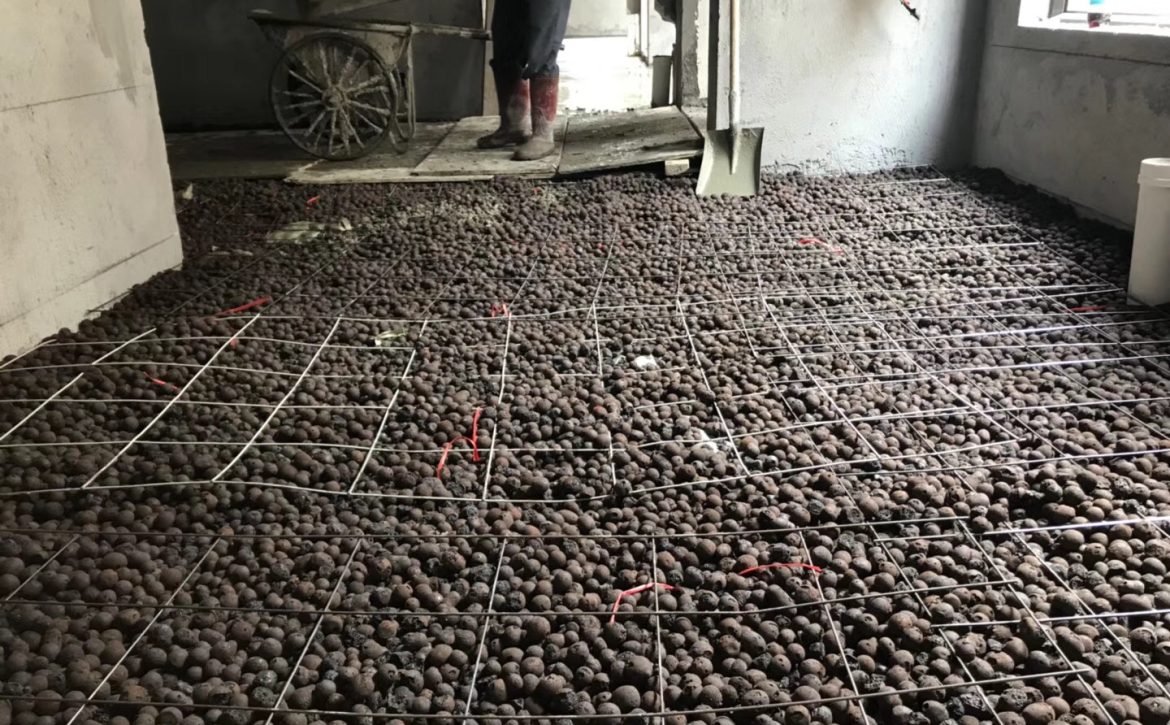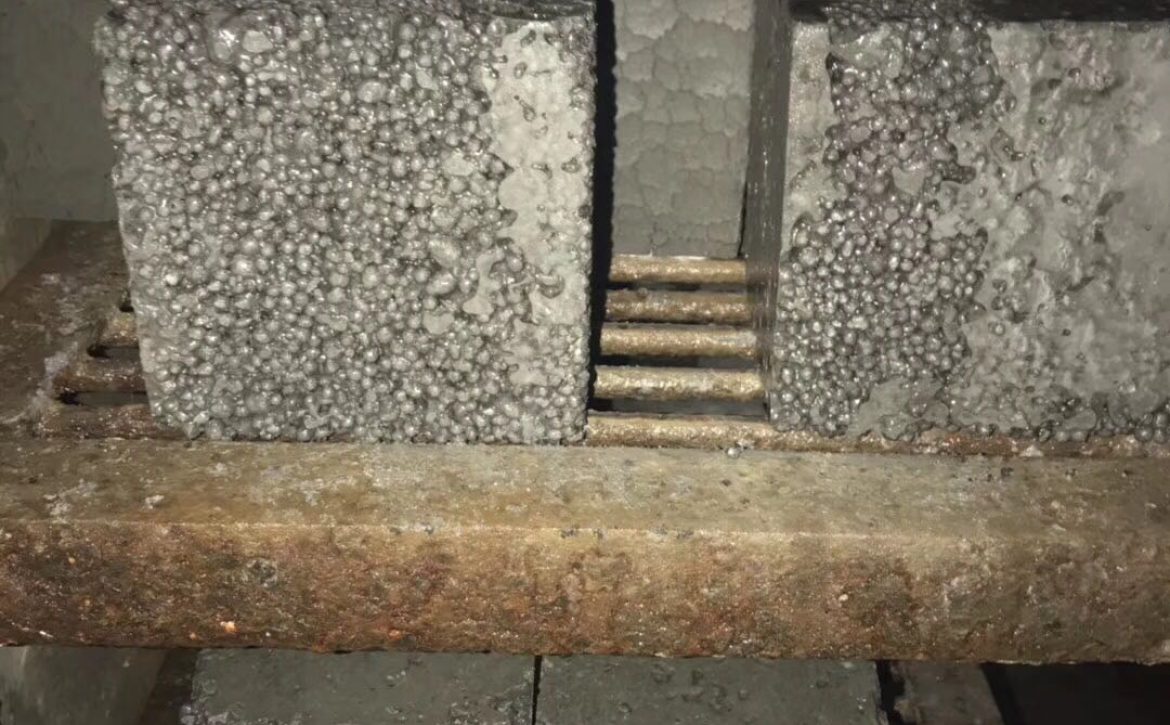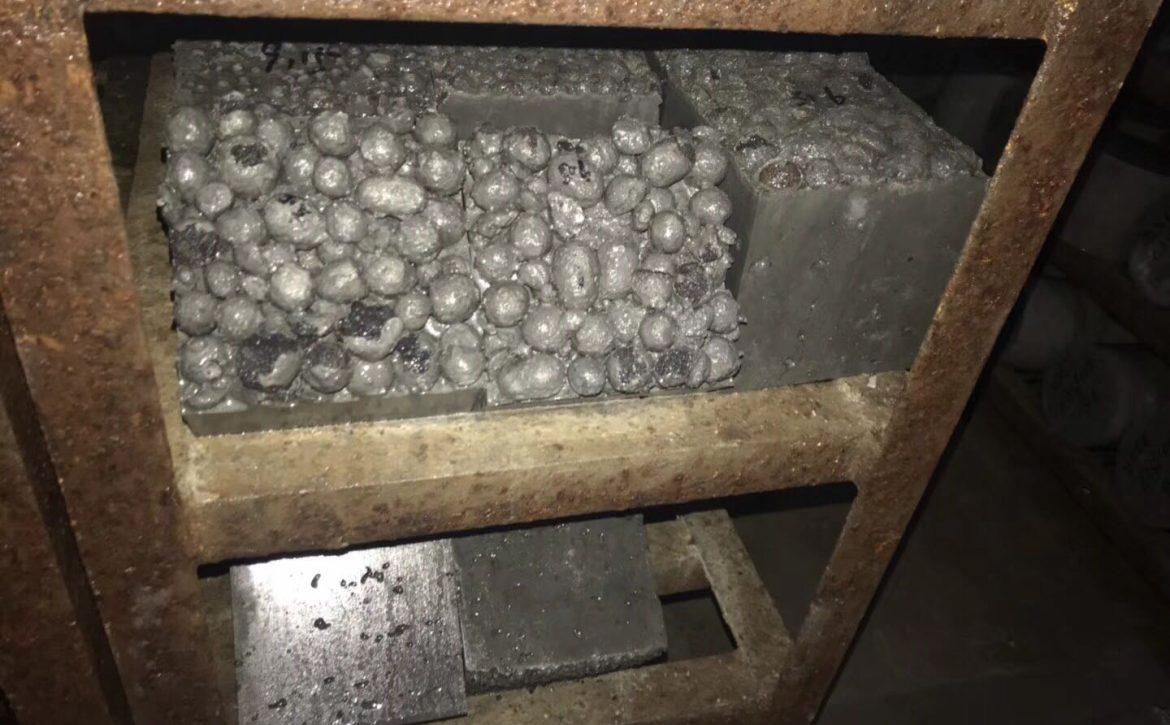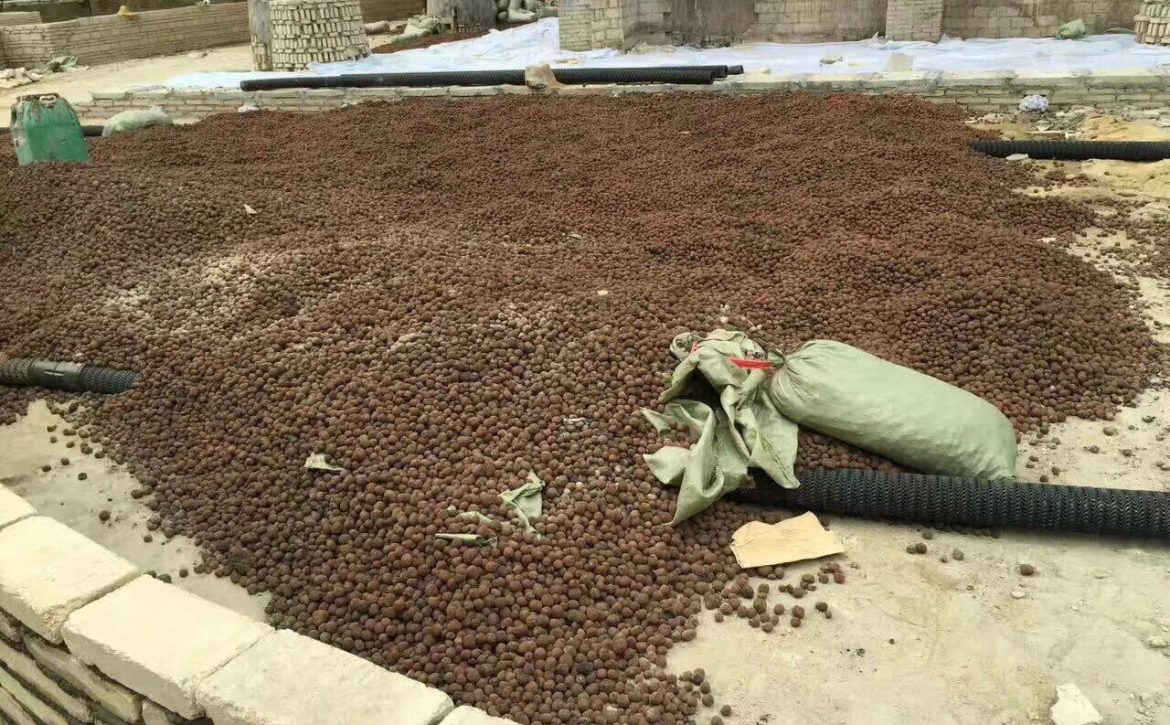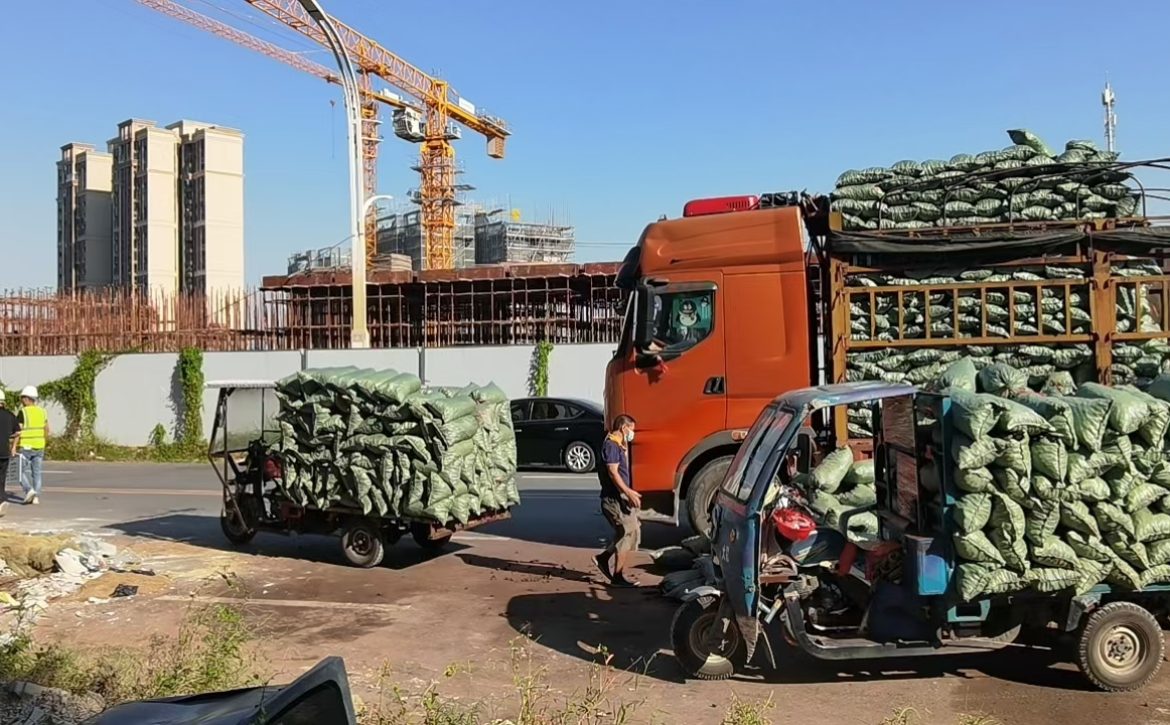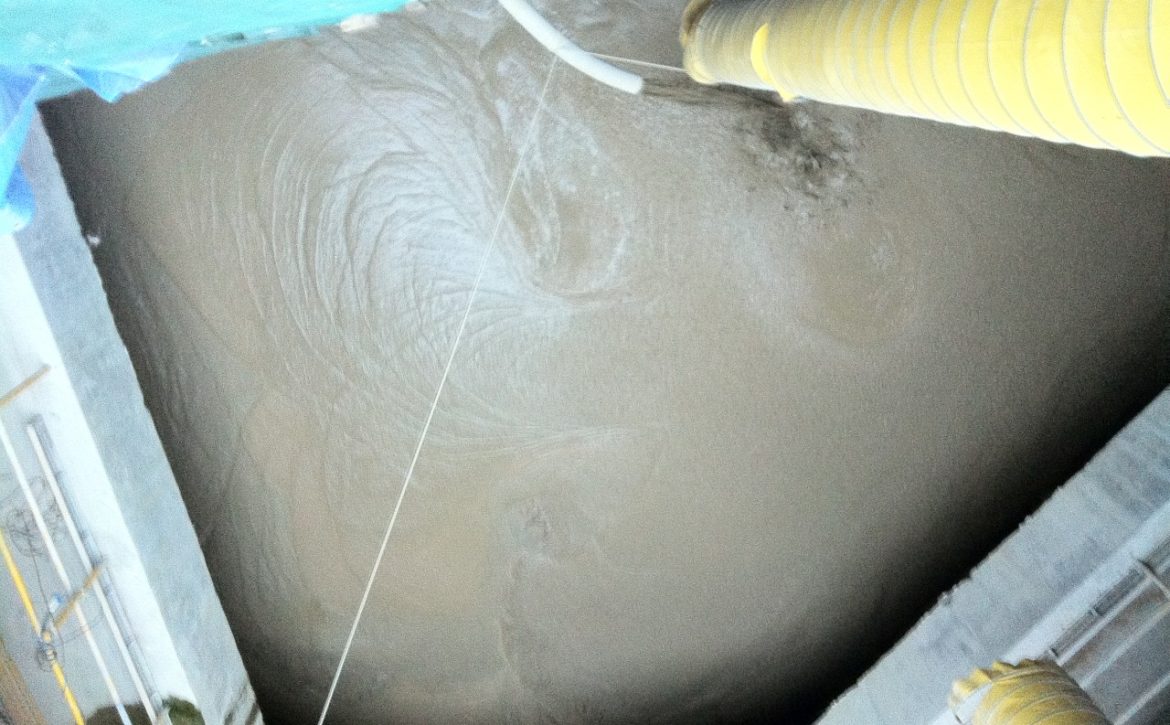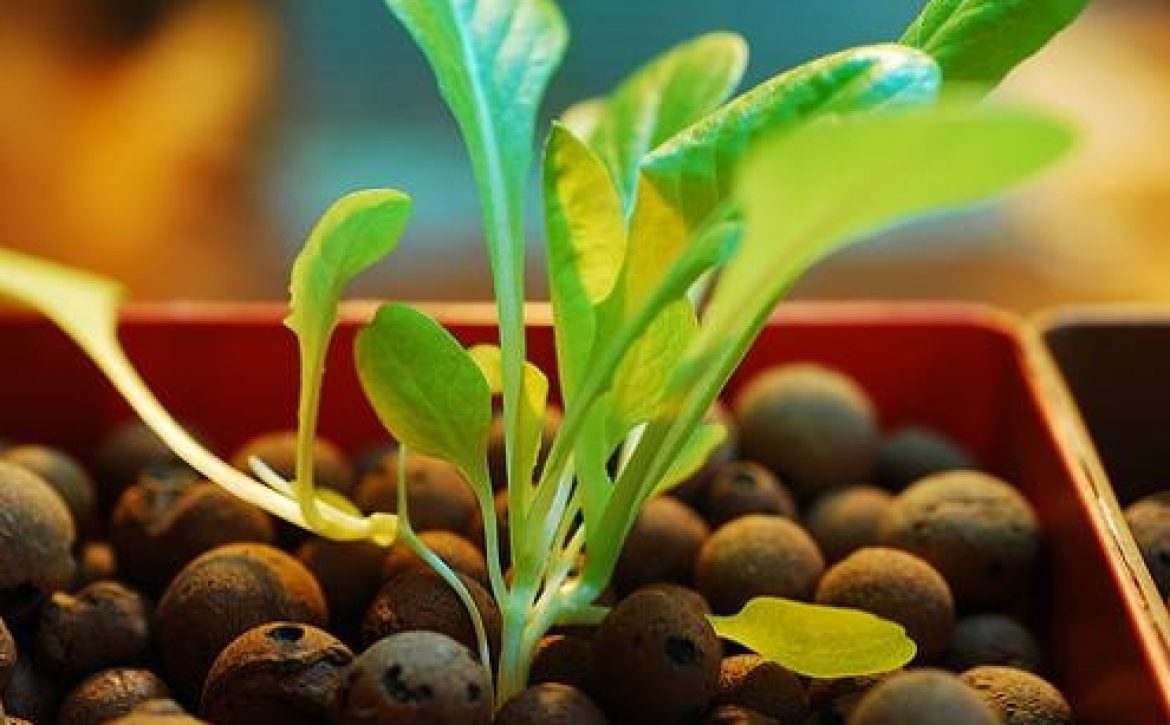As a new type of environmentally friendly material, clay pebbles (LECA) was mainly used in the construction industry at the beginning. It is a porous and lightweight particle formed by high temperature expansion of clay. It has a series of functions such as heat preservation, heat insulation, fire prevention, and earthquake resistance. Because of its cheap price, with good adsorption and air permeability, it is now widely used in gardening and water treatment and other related fields. It is divided into various models, not only the size of the particles, but also the natural color and color. Colored clay pebbles (LECA) is mainly used for in the decoration industry, it can also be used to fix the root system of hydroponic plants and increase the ornamental value.
clay pebbles (LECA) has the following characteristics:
clay pebbles (LECA) is a light particle after high temperature expansion. Although it contains a small amount of mineral trace elements, it does not contain organic matter and belongs to a sterile matrix. It has a light weight and a porous honeycomb structure inside, which has certain adsorption and air permeability. 80% of its uses are used in the construction industry. In the gardening field, it is generally used to cushion the bottom of flowerpots, act as paving stones, and fix the roots of hydroponic plants, or used to purify and stabilize water quality in fish tanks and aquariums. It is rarely used for soil preparation because it does not contain organic matter and is not easy to decompose. The effect of soil preparation is not as good as medical stone, vermiculite, red jade soil and other mineral particle substrates.
The main role of clay pebbles (LECA) in gardening and home furnishing:
① Act as a paving stone:
The particle size of clay pebbles (LECA) is relatively uniform, the material is light, and the price is very cheap. It can be used as a paving stone to prevent the soil from splashing around when watering, to avoid the floating of light substrates such as coconut peat and perlite, and to prevent the soil from being directly exposed to water. In the natural environment, it can also isolate the peculiar smell of the soil, prevent the breeding of mosquitoes in summer, and increase the ornamental value of potted plants.
② Cushion the bottom of the flowerpot:
Using clay pebbles (LECA) to cushion the bottom of the flowerpot can play the role of a hydrophobic layer, which saves soil and breathes air. When potting or changing potted plants, you can first spread a layer of clay pebbles (LECA) on the bottom of the pot, which can not only save nutrient soil, but also prevent the soil from losing from the bottom hole of the pot when watering, and at the same time protect It can prevent water accumulation in the pot and increase the air permeability of the root system.
③ Hydroponic flowers:
When growing hydroponic plants or carrying out soilless cultivation (hydroponics), spread a layer of colored clay pebbles (LECA) on the bottom of the hydroponic container, which can not only fix the root system, increase the oxygen content of the root system, but also purify the water quality, and at the same time let the single water Cultivated plants look more aesthetically pleasing.
④Purification of water quality in fish tanks and grass tanks:
The porous structure of clay pebbles (LECA) honeycomb has a certain degree of adsorption, so it has the function of purifying and stabilizing water quality and can be used as the bottom sand of fish tanks and grass tanks. However, it should be noted that the clay pebbles (LECA) used in the aquarium belongs to clay pebbles (LECA) sand, the particles are relatively small, and the material is heavier than ordinary clay pebbles (LECA), and it will not float on the water surface, but it needs to be cleaned many times before use. of dust.
As a high-quality granular matrix, clay pebbles (LECA) not only exerts its unique advantages in the construction field, but also exerts its waste heat for the gardening family. You can choose the specific particle size and color according to your actual needs.
Suggestion: Use 3-5 mm small particles for paving, 5-8 mm large particles for the bottom of the flowerpot, colored clay pebbles (LECA) for hydroponics, and special clay pebbles (LECA) sand for aquariums. As for growing flowers with soil, it is better to use peat, perlite, and coconut peat. These three most commonly used substrates can be mixed together, so that most of the potted plants can be used universally.


